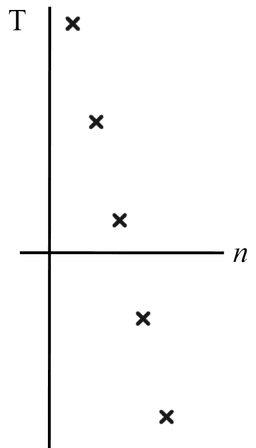New
New
Lesson 1 of 10
- Year 9
Checking understanding of arithmetic sequences
I can appreciate that any term in an arithmetic sequence can be expressed in terms of its position in the sequence and generate any term.
Lesson 1 of 10
New
New
- Year 9
Checking understanding of arithmetic sequences
I can appreciate that any term in an arithmetic sequence can be expressed in terms of its position in the sequence and generate any term.
These resources will be removed by end of Summer Term 2025.
Switch to our new teaching resources now - designed by teachers and leading subject experts, and tested in classrooms.
These resources were created for remote use during the pandemic and are not designed for classroom teaching.
Lesson details
Assessment exit quiz
Download quiz pdf




